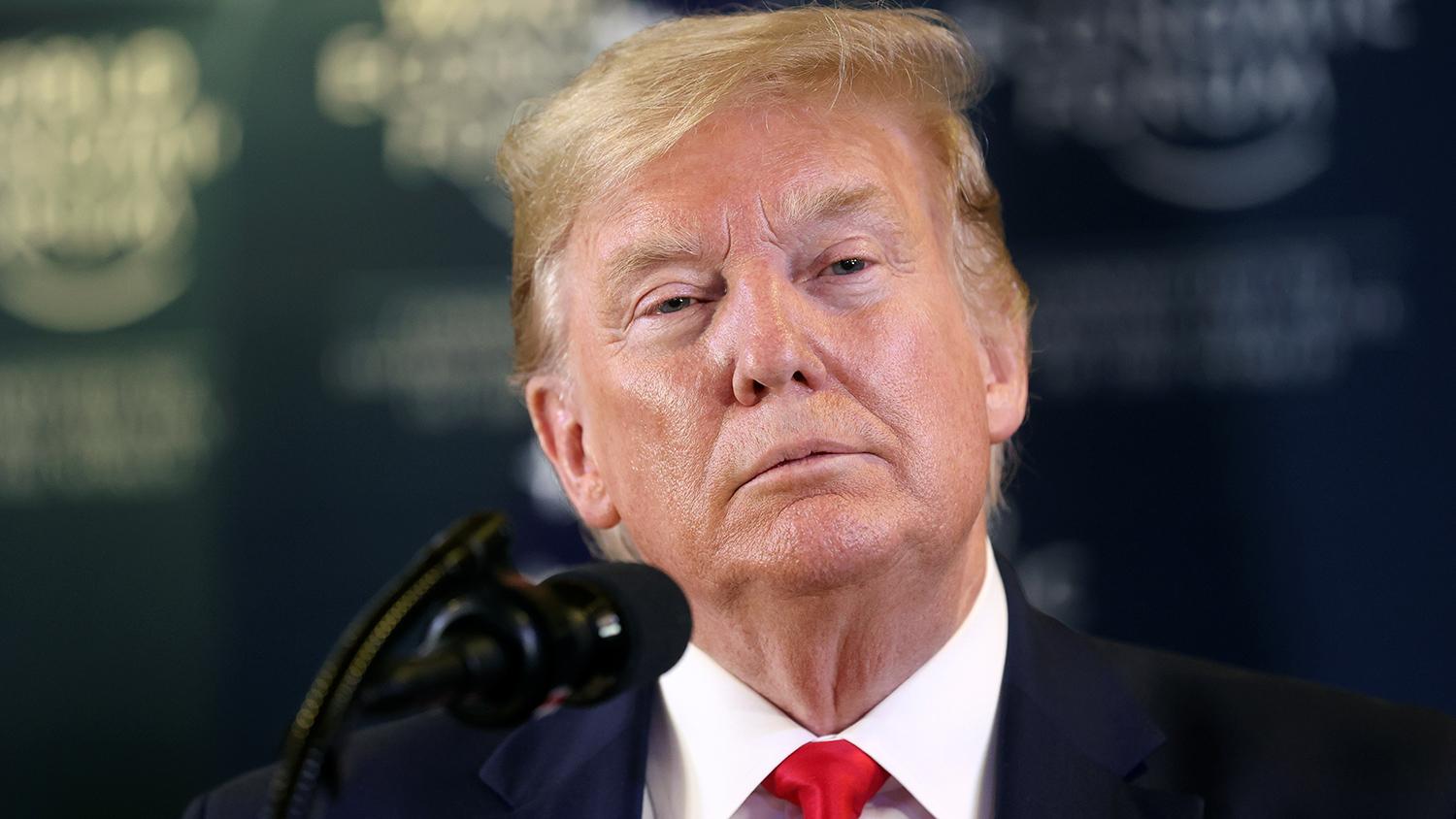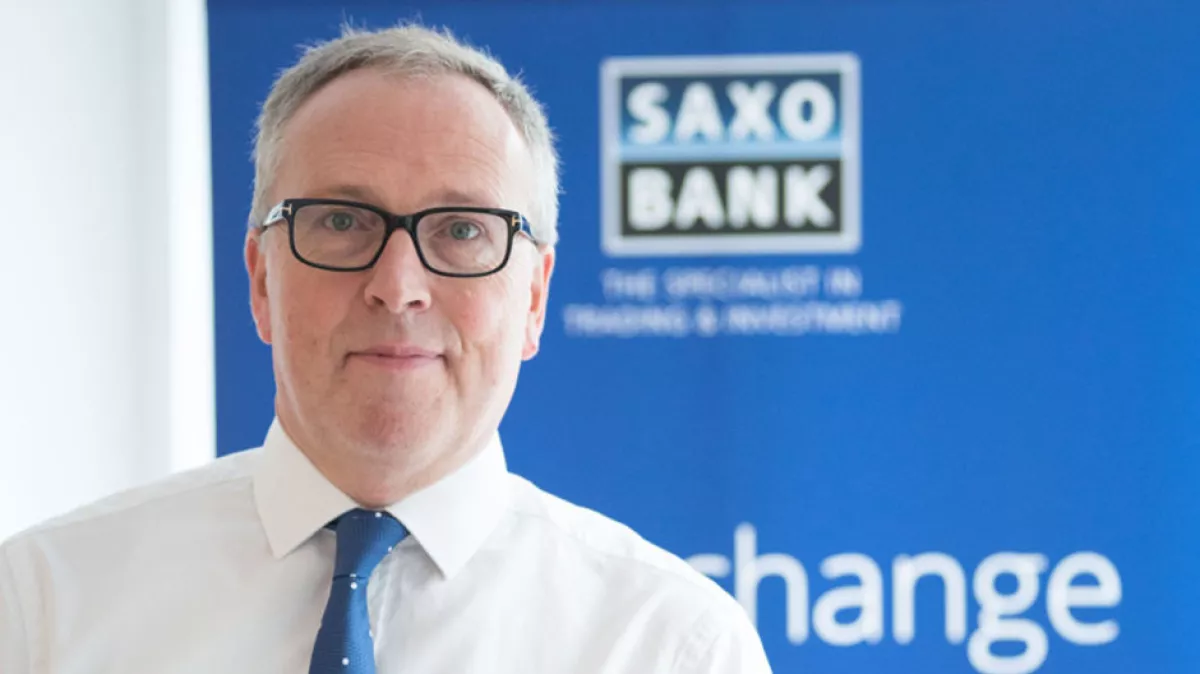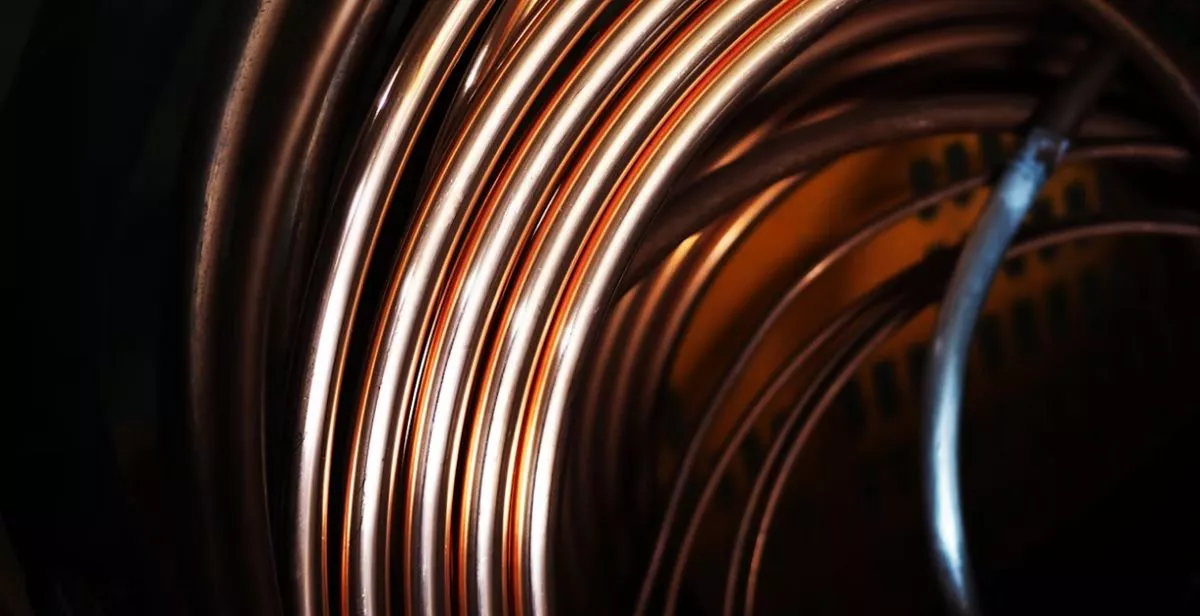Azerbaijan’s copper industry on the rise From Karabakh deposits to global markets
Just a few years ago, experts predicted that the current decade would be marked by a “bullish” trend in the copper market. These forecasts were based on the reduction of global raw material production and, most importantly, the dynamic demand in electronics, electric vehicle manufacturing, and “green” energy sectors. However, from 2021 to 2024, the demand for this metal experienced several cycles of rise and fall. Recently, though, a trend of global price growth has strengthened, linked to U.S. President Donald Trump’s decision to impose a 50% tariff on copper imports.
The growing global demand for copper is favorable for Azerbaijan, where the presence of rich raw material deposits and the development of copper concentrate production contribute to the growth of export potential.

Copper futures on the Comex exchange surged 17% late on the evening of July 8 following remarks by U.S. President Donald Trump about plans to introduce, tentatively in July or August, a 50% tariff on copper imports into the United States. The White House announcement triggered an unprecedented single-day spike in futures prices on the New York exchange, with copper reaching a record high of $12,330 per tonne.
At the same time, the premium on copper futures relative to contracts on the London Metal Exchange (LME) soared to an unprecedented 25%, hitting a three-month high of around $10,000 per tonne. This reflects traders’ rush to ship record volumes of copper to the U.S. ahead of the tariffs, effectively "beating" the new duties before they come into effect, according to the Financial Times (FT). FT data also shows that global copper inventories in the LME warehouse network have fallen to their lowest levels since 2023.
The global copper industry is bracing for tariffs scheduled to begin in February 2025. It was then that Donald Trump requested the Department of Commerce to investigate and justify imposing protective tariffs on copper on national security grounds. On July 8, in an interview with CNBC, U.S. Commerce Secretary Howard Lutnick stated, the goal is to bring copper production back to the U.S., and to do that, tariffs on copper need to be raised to the same level as import tariffs on steel and aluminum, which were increased to 50% in early June of this year.

Copper is the third most consumed metal in the world after steel and aluminium, and the intention to impose protective tariffs faces resistance from American manufacturers who heavily rely on imports of this crucial industrial raw material. In particular, Ole Hansen, head of commodity strategy at Saxo Bank, believes that a 50% tariff would significantly impact U.S. companies that use copper, as the United States will have to make substantial efforts over many years before it can independently meet its domestic demand.
Regardless, demand for copper both in the U.S. and globally is expected to grow in the coming years due to new industrial trends. According to data published in April by the International Copper Study Group (ICSG), an international research organisation on copper production, consumption, and trade, despite high price volatility and a market surplus last year, global refined copper production in 2025 is projected to increase by approximately 2.9% to 28.9 million tonnes, and in 2026 it will exceed 30.8 million tonnes. These trends are driven by ongoing capacity expansions in China and the launch of new facilities in Indonesia, India, and the Democratic Republic of Congo (DRC).
The commissioning of new copper production capacities is linked to several factors, including a significant decline in global copper ore reserves at currently exploited deposits. Over the past five years, production disruptions have mainly occurred at depleting old mines in South America. Meanwhile, bringing new deposits online is limited by their geographic remoteness and the extremely capital-intensive nature of development: the copper industry will need to attract over $100 billion in investments to prevent a metal shortage.
Economists have dubbed copper the “crisis-proof metal” and even the “gold of the 21st century” — stable demand for this raw material is supported by the needs of rapidly developing industries such as electronics, energy, telecommunications, automotive manufacturing, and several other fast-growing industrial sectors.
In particular, enormous volumes of copper are required by the rapidly expanding renewable energy segment: for example, a 3 MW wind turbine contains over 4 tonnes of copper, while around five tonnes of this metal are needed to generate 1 MW from solar panels. To meet the continuously growing global demand for electricity, millions of kilometres of copper wiring are needed for transformer windings at substations.
An equally important factor driving demand for copper is the automotive industry. Today, an average mid-range car contains about 22.5 kilograms of copper, while electric vehicles and hybrid cars—which are projected to account for over half of global vehicle production by 2035—use significantly more copper, around 80 kilograms per vehicle. In the next five to ten years, the electric vehicle market is expected to account for approximately 10–15% of global copper consumption—a fourfold increase compared to current levels.
Next-generation high-speed trains also use up to 4 tonnes of copper per unit, compared to no more than 2 tonnes in conventional electric locomotives.
Significant copper demand is also driven by the rapidly growing electrical and electronics industries in China and Southeast Asian countries, where there is increasing demand for copper foil and copper-clad laminates (CCL), which are used in the production of printed circuit boards for electronic devices.

In short, copper has long since become a strategic product, and having the potential for its extraction and processing significantly influences the competitive positions of countries. In this regard, the current external market conditions open up excellent opportunities for Azerbaijan, considering the country’s raw material potential, processing plants, and enterprises producing finished products.
According to data from the Ministry of Ecology and Natural Resources of Azerbaijan, copper deposits in the republic are mainly located in the Balakan-Zagatala, Gadabay, Kalbajar, Garadagh, and Ordubad ore regions. Notably, the Garadagh copper-porphyry deposit accounts for about 5% of the country’s total ore reserves. The Karabakh region, recently liberated from Armenian occupation, is also highly promising in this respect, containing two large copper deposits, with copper also present in the polymetallic “Vejnali” deposit.
Copper mining in Azerbaijan is carried out by the state-owned company AzerGold CJSC and the private company Anglo Asian Mining (AAM). Europe has traditionally been the main market for copper concentrate exports, while shipments to Uzbekistan began in 2019.
In recent years, there has been a noticeable trend toward increased investment in the development of the country’s copper deposits. Alongside the relatively established contract areas of Gadabay and Gosha, Anglo Asian Mining is currently developing three new porphyry deposits: Garadagh, the adjacent copper deposit Kharkhar, and the Demirli site located in the Tartar district. According to its strategic development plan, Anglo Asian Mining intends to make copper mining the company’s primary product by 2029, with projected production reaching 50,000–55,000 tonnes of copper equivalent per year.

AzerGold also has ambitious plans in this area: by 2028, the company intends to bring four copper ore deposits into operation. In the longer term, the development of the Filizchay polymetallic deposit—the second largest in Europe by reserves, with total resources estimated at 120 million tonnes and significant copper deposits—is also planned.
This gives Azerbaijan a potential opportunity to surpass Armenia and Georgia in copper production volumes. Considering the significant depletion of deposits in neighbouring countries, Azerbaijan could become the key country in the South Caucasus for ore extraction and copper concentrate export.
However, the current scale of deposit development remains insufficient: in 2023, only 2,122 tonnes of copper concentrate were produced, and in 2024, there was a noticeable decline in this sector. According to State Statistics Committee data, copper concentrate production for January–May 2025 amounted to 917.3 tonnes, representing a 10.3-fold increase.
If in the future the total production of copper concentrate can be increased to 100,000 tonnes, the construction of a copper smelting complex in Azerbaijan would become economically viable, enabling the export of refined copper and other high value-added products.
Notably, the domestic industry is gradually mastering the production of finished copper products: eleven years ago, copper cathode plate production was launched at the Sumgayit Technopark (STP), and industrial clusters across the country have established enterprises manufacturing copper power cables of various cross-sections, with this output actively exported.








